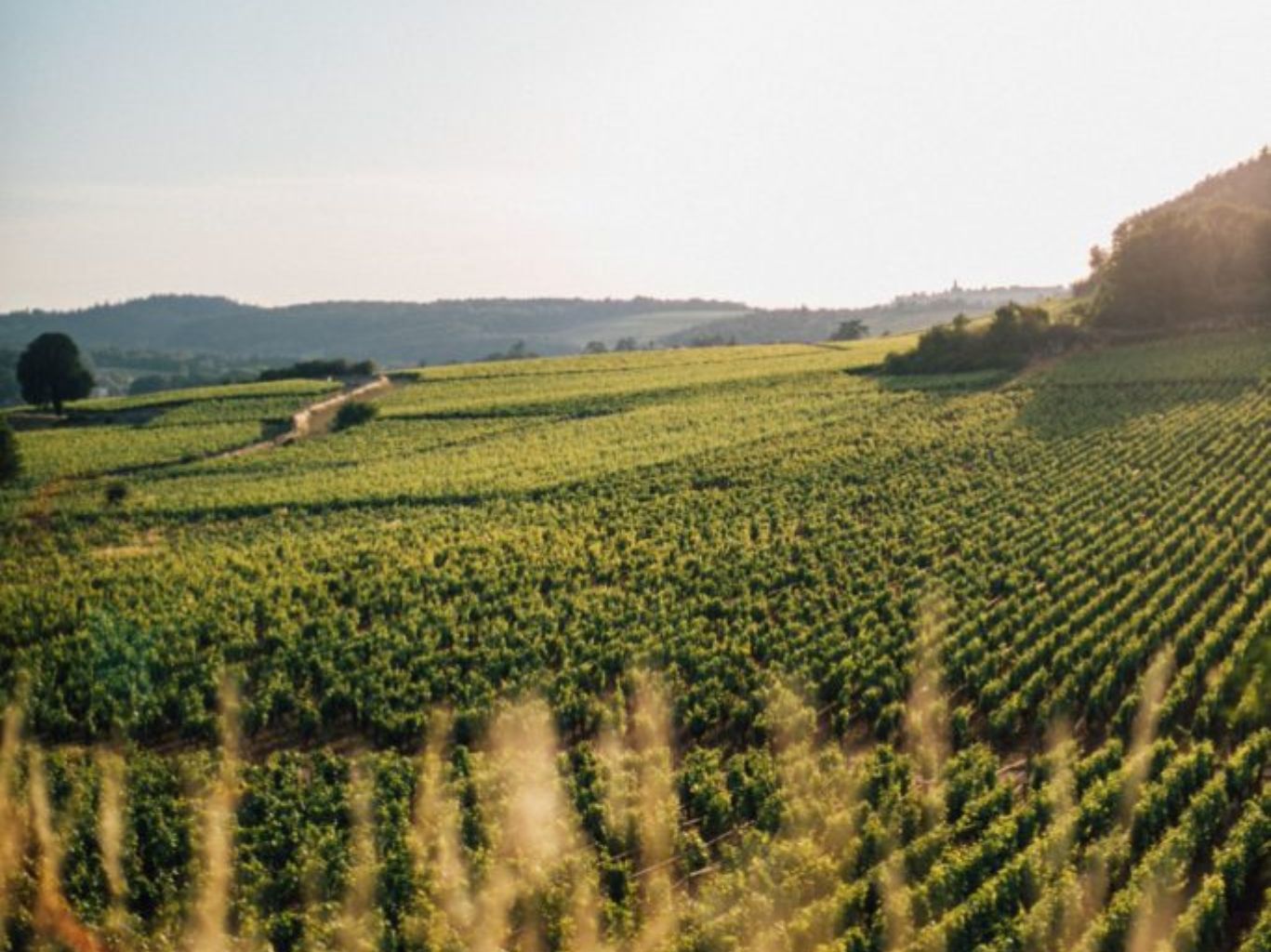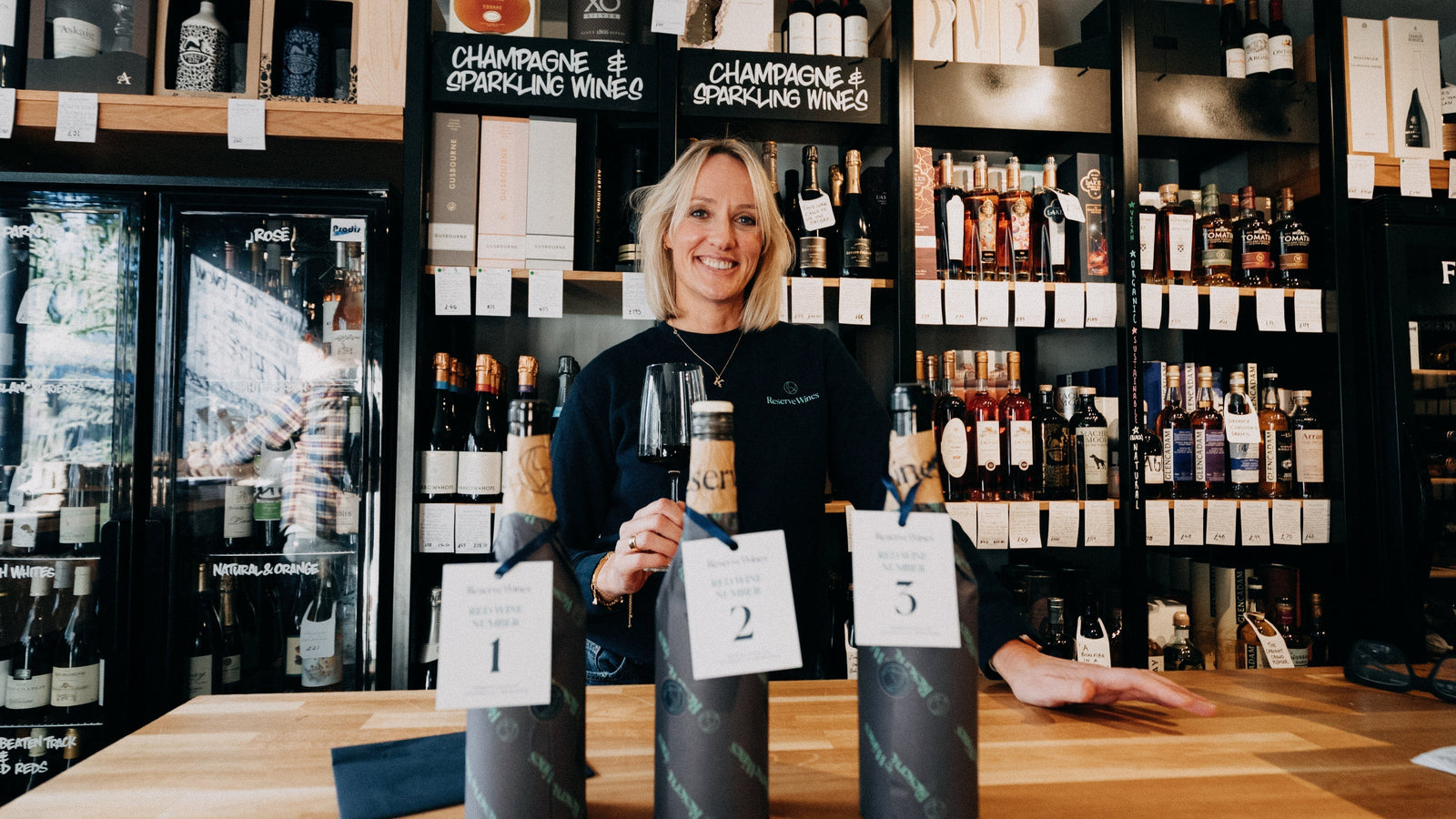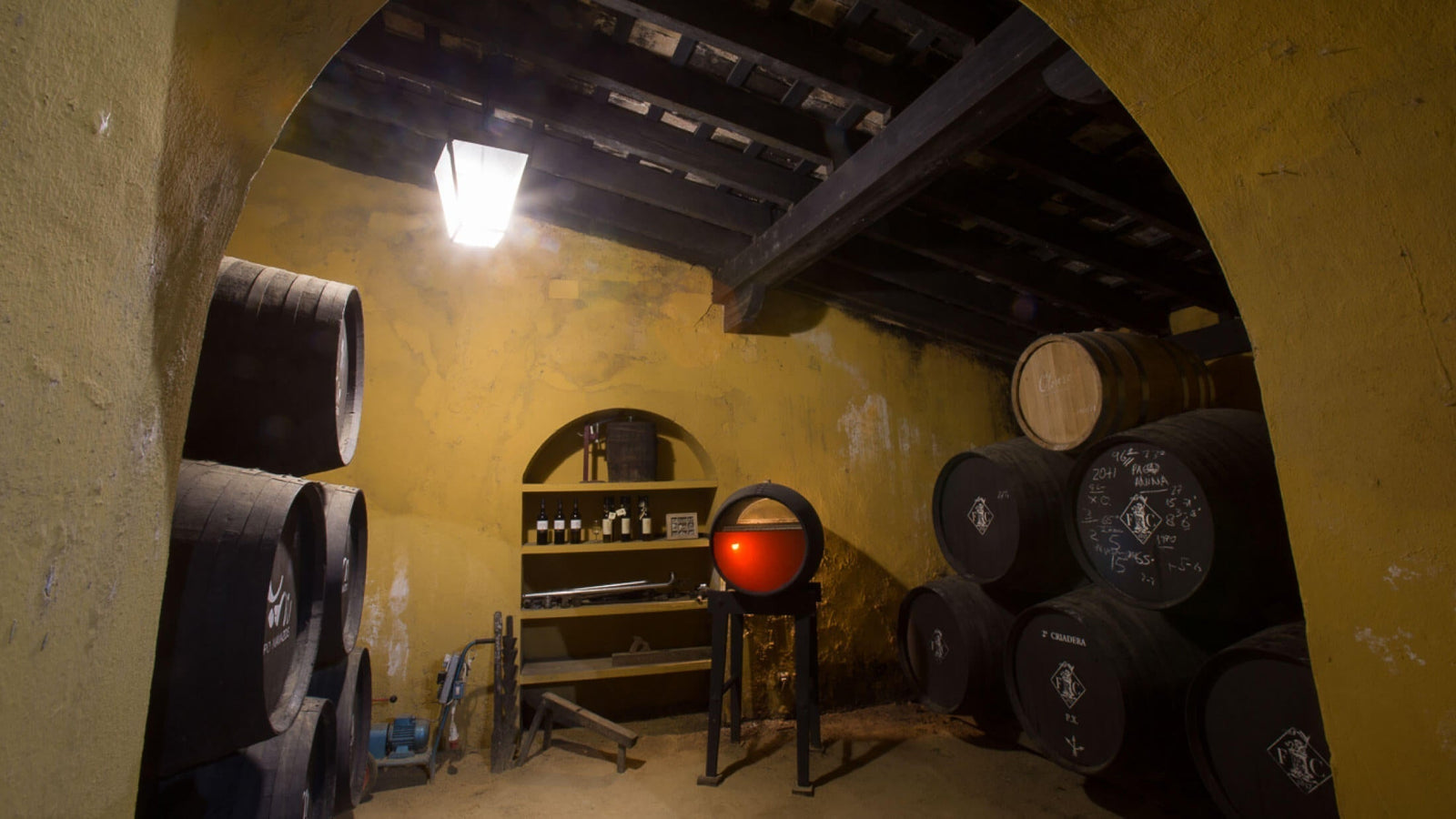
Burgundy wines, hailing from the heart of eastern France, hold a cherished place in the world of fine wine. With their deep-rooted history, unparalleled quality, and unique terroir-driven characteristics, these wines have captivated connoisseurs and beginners alike. Here, we'll explore what makes Burgundy wines special, how to navigate them as a beginner, and their perfect pairings both in a glass and in the kitchen.
What Makes Burgundy Wines So Special?
Burgundy wines are a testament to the concept of terroir - the interplay of soil, climate, and topography that shapes a wine’s identity. Burgundy emphasises its unique sense of place. The high demand and land prices due to the small area of vineyards have driven up prices. The vineyards are much smaller than in Bordeaux and even the basic wines are now surprisingly costly, but there is still relatively good value to be found in some areas of Burgundy. The meticulous care taken in cultivating Pinot Noir and Chardonnay, the region’s signature grapes, results in wines that express subtle nuances, depth, and elegance. From the mineral-laden Chardonnays of Chablis to the silky, aromatic Pinot Noirs of the Côte d’Or, each bottle tells the story of its origin.
A Beginner’s Guide to Burgundy Wines
For those new to Burgundy, understanding the basics is key:
-
Red Burgundy (“Bourgogne Rouge”): Made exclusively from Pinot Noir, these wines are light to medium-bodied with flavours of red berries, floral notes, and a hint of spice.
-
White Burgundy (“Bourgogne Blanc”): Crafted from Chardonnay, they range from crisp and mineral-driven to rich and creamy, with flavours of citrus, orchard fruits, and subtle oak.
Burgundy’s wine classification system focuses on terroir, grouping vineyards by quality. The four levels are:
- Regional Appellations (AOC): Entry-level wines from anywhere in Burgundy, like Bourgogne Rouge.
- Village Appellations: Named after local villages (e.g., Meursault), offering more distinctive character.
- Premier Cru: High-quality wines from specific vineyard plots, labelled with the village and vineyard name (e.g., Meursault Charmes 1er Cru).
- Grand Cru: The pinnacle of Burgundy wine, from the finest vineyards like Richebourg, representing less than 5% of production.
This geographical focus makes Burgundy unique, highlighting the land over producers.
A good starting point for beginners is to look for regional appellations such as Bourgogne AOC, which offer excellent value while showcasing Burgundy’s hallmark characteristics.
Where Are Burgundy Wines From?
The French Region of Burgundy
Nestled in eastern France, Burgundy spans approximately 120 miles from Chablis in the north to Mâcon in the south. Wine production here dates back to Roman times, flourishing under monastic orders during the Middle Ages. The region’s commitment to preserving its winemaking heritage is evident in its classification of vineyards, many of which are recognised as UNESCO World Heritage sites.
Unique Terroir
Burgundy’s terroir is a symphony of:
-
Climate: A continental climate with cool winters and warm summers, ideal for Pinot Noir and Chardonnay.
-
Soil: Limestone and clay-rich soils that vary between vineyards, imparting distinct flavours to the wines.
-
Topography: Rolling hills and slopes that provide excellent drainage and sun exposure.
Key Sub-Regions
-
Côte de Nuits: Home to the most famous Burgundy red wine appellations, this area produces some of the world’s most sought-after Pinot Noirs, including those from Vosne-Romanée and Gevrey-Chambertin.
-
Côte de Beaune: Known for both red and white wines, with legendary Burgundy white wine names like Montrachet for Chardonnay and Pommard for Pinot Noir.
-
Chablis: Located in the northernmost part of Burgundy, Chablis is synonymous with crisp, mineral-rich Chardonnays.
What Makes Burgundy Wines So Popular?
Prestige and Exclusivity
The region’s long history, combined with limited production and a focus on quality, has cemented Burgundy’s reputation as a symbol of luxury. These wines are highly prized by collectors and frequently grace the tables of fine dining establishments worldwide.
Burgundy wine is also known for ageing beautifully. Over time, they develop richer flavours and character, adding to their appeal. With a long drinking window, they’re perfect for collectors and wine lovers who enjoy exploring their evolving taste.
Elegance and Complexity
-
Pinot Noir: Renowned for its finesse and complexity, Burgundy’s Pinot Noir offers flavours of cherries, raspberries, and earthy undertones, with delicate tannins and vibrant acidity.As Burgundy red wine ages, Pinot Noir softens and develops earthy, savoury notes like forest floor, mushrooms, and truffles, while its bright red fruit flavours (like cherry and raspberry) mellow into dried fruit and spice.
-
Chardonnay: Burgundy’s Chardonnays range from the steely, citrus-driven wines of Chablis to the fuller, opulent whites of the Côte de Beaune. As Burgundy white wine ages, Chardonnay gains richness and complexity, with fresh citrus and apple flavours evolving into nutty, buttery, and honeyed tones.

Burgundy Wines in Cooking
Burgundy wines are not just for sipping; they also shine in the kitchen. Their depth of flavour and balance make them remarkable versatile when it comes to food pairing, thanks to their refined flavour profiles and balance.
White Burgundy, is a natural choice for seafood lovers. Chablis pairs beautifully with oysters, while richer styles, like Meursault, enhance dishes such as roasted john dory, sea bass, or cod steaks. Creamy poultry dishes, especially chicken with white wine or cream sauces, are classic matches. Surprisingly, white Burgundy also works well with mild cheeses like goat’s cheese and creamy Brie. For a creative pairing, try Asian-inspired dishes such as sesame-crusted tuna or lightly spiced cuisine, which complement the wine’s acidity and subtle richness.
Red Burgundy, is equally versatile. Its hallmark red fruit flavours and earthy undertones make it ideal for dishes like seared duck breast, beef bourguignon, or coq au vin. The wine’s elegance pairs well with mushroom-based dishes, such as risotto, and even certain fish, like Japanese-style seared tuna. Opt for lighter beef dishes with less intense sauces to avoid overpowering the wine.
For both styles, match the wine’s intensity to the dish’s richness. Younger, fruitier wines pair well with simpler foods, while aged Burgundies shine with complex, savoury flavours. In short, enjoy Burgundy wines to enhance your dining experience!
Burgundy Wines: Buyer's Choice
Our buyer, Nic Rezzouk share's his tips on the wines in our range that are not to be missed.
Domaine Alexandre, Chablis Vieilles Vignes 2022
"Chablis is an easy entry point to Burgundy wine - even if you have been put off by Chardonnay in the past - this is the wine to wine you back. It is a very classy Chablis that really shows off the purity of fruit that make Domaine Alexandre wines so satisfying. It has all the lean crisp mineral-driven notes of green apple and citrus you expect with a little extra intensity that makes it shine. I'd enjoy this with grilled seabass but also perfect alongside oysters or a creamy chicken dish.

Domaine de la Croix Senaillet, Saint-Veran en Pommards 2022
"Wonderfully fresh and complex Chardonnay from one of our favourite Burgundian appellations. The wines are gorgeously, crisp, fresh, pure, crystalline, minerally, concentrated and intensely flavoured, and with a more body, while still remaining light across the palate. I'd enjoy this with a grilled mackerel, but you could also pair with lobster or a creamy fondue."

Dom. Sylvain Dussort, Cote d'Or Pinot Noir 2022
"Burgundy wines can be intimidating, but this Pinot Noir is approachable and full of charm. It’s light enough for casual dinners but sophisticated enough to impress at a special occasion. If you love a wine that’s both refined and comforting, this is a bottle that delivers vibrant red with cherry and raspberry notes, balanced by fine tannins. Enjoy this with charcuterie or grilled lamb chops."
Dom. Remoriquet, Nuits-Saint-Georges 2021
"Remoriquet’s Nuits-Saint-Georges 2021 is a wine that rewards patience. Right now, you’ll find that bright burst of red fruits and a satisfying structure, but give it a few years, and it’ll transform into something truly mesmerising. For me, it’s the perfect bottle to stash away for a special occasion – elegance and value in one. Ideal with roast duck or mushroom risotto."

Burgundy wines offer a journey into the heart of French winemaking, where tradition and terroir converge to create something extraordinary. Whether you’re a seasoned enthusiast or a curious beginner, there’s a Burgundy wine waiting to captivate your palate. From sipping to cooking, these wines bring elegance and sophistication to every occasion.








Leave a comment (all fields required)